An agile organization that applies Scrum has clearly defined roles and responsibilities, but also a completely new way of defining success.
While in a traditional organization we achieve success after the completion of the project, in an agile organization we achieve and deliver a “partial part of success” in phases. Precisely because the teams focus on priorities and the most important items of the product, which they deliver in the first stage, it is possible to offer clients a functional product, but with certain limits. For example, when you buy a car, you have the opportunity to choose equipment configuration from basic to premium. The product with the basic package is functional and is sold at a lower price than the higher levels of the package with additional options (leather seats, alloy wheels, automatic transmission…). The agile development of a new product is based on the same principle – first a basic model with a minimum of functionality is delivered, it is tested on the market and if a positive response is received, it continues with further development and adding options that will attract a wider target group.
Differences between agile and traditional organizations
Agile business is possible and applicable in all industries, but it found its first and widest application in the IT environment. The steps in developing a new product are the same for every company, but what makes the difference between an agile and a traditional organization are:
– business positions/roles
– Responsibilities and powers of team members
– Continuous iterative status checks with adjustments according to new information.

In an agile organization, the following key roles are defined: Product Owner, Scrum Master and Development Team (which is cross-functional and consists of usually up to a maximum of 10 different team members necessary for product development).

Product Owner – also known as Product Champion, Value Manager
The Product Owner is the person who understands the client’s needs and turns them into a vision that needs to be communicated to the team, by breaking it down into stages and priorities so that product development can be monitored. It all starts with a good understanding of the client’s/customer’s needs, which is acquired through numerous interviews (like consumer research). In this phase, the Product Owner becomes a detective who must discover what the client/customer wants and what is most important to him. This is a crucial phase, because in practice there are often misunderstandings and therefore open communication is needed when defining expectations and realistic deadlines. The entire process of communication with the client and ultimately his satisfaction depends on correct coordination.
When the research part is finished, the Product Owner becomes a visionary, because he creates a product vision that will be a guide for all team members involved in development. It is very important to explain to the whole team why something is being done and what their contribution is, so that they feel included.
The next step is to create a detailed plan – from the long-term that lasts from 2 to 5 years, to the short-term at the sprint level – that lasts from 2 to 4 weeks. Then he becomes a caring supervisor who takes care of meeting deadlines and fulfilling client requests.
How does the process work?
The whole process is like a dance in which everyone participates. All the time, there is an insistence on collective engagement and making the best decisions of the team at a given moment. It happens that during the process, the team receives new information, or during the development, they come to know that affect the further flow, and then they discuss and decide together. While everyone on the team is equal and has the right to speak their mind, the Product Owner is responsible for delivering the product and maximizing the value the Scrum team provides. In short, the Product Owner is the CEO of the product.
That’s why the Product Owner defines:
1) the goal – which should be realistic, transparent and clear to everyone.
2) tasks (WHAT to do) to fulfill the goal, but not individual tasks of team members (HOW to do)
3) deadlines – detailed short-term, at the sprint level, but with a vision of everything that is feasible in the next few sprints
4) priorities – determining the order of functionality delivery from the most important to the least important, because: “if everything is important, nothing is important”.
The product development process goes through three sequences:
– Transparency – the work process must be visible to everyone in the working team, as well as to everyone who receives the work product. If transparency is weak, it can lead to poor decisions and increased risk.
– Inspection – control without transparency is deceptive and useless. Progress towards achieving the goal must be monitored frequently and in detail, in order to avoid potential problems
– Adaptation – control without adaptation is meaningless. If it is found that there is a deviation, it is necessary to make an adequate adjustment.
Short “time to market” is a big advantage of agile teams
The Scrum way of working is based on changes and adaptations for the better, and therefore it is desirable to have strengthened and self-organizing teams. In traditional systems, the decision-making process takes a very long time, due to the rigid hierarchy structure and therefore any change is slow.
Short “time to market” is a big advantage of agile teams. But speed is not the primary parameter, but the true value delivered in stages.
In order to set priorities and make estimates, the Values and Risks matrix helps them.

The first priority should be the product that brings the greatest value, but also has a high risk for realization (innovation). In this situation, the goal is to reduce risk.
The second priority should be a product that has high value but low risk (improvement of an existing product). In this situation, the goal is to increase value.
The third priority should be a product that has a low value, but also a low risk (product ready for delivery).
Products in the low value and high risk section should be avoided.
To conclude, the role of Product Owner is very important in agile organizations, but it is also very demanding in terms of personal qualities, knowledge and skills that make a successful Product Owner.

